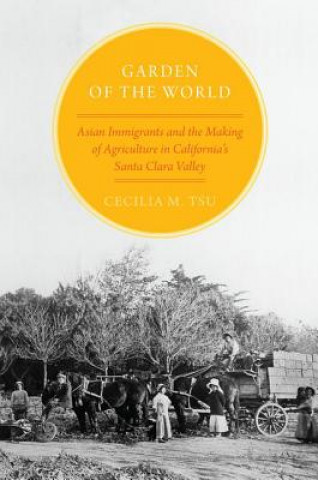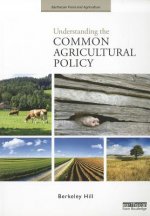
Dostawa
Doradca ds. zakupów
15 676 824 książek w 175 językach







Pokaż wszystkie języki (175)





Jednak się nie przyda? Nic nie szkodzi! U nas możesz zwrócić towar do 30 dni
 Bon prezentowy
O dowolnej wartości
Bon prezentowy
O dowolnej wartości
Bon prezentowy to zawsze dobry pomysł. Obdarowany może za bon prezentowy wybrać cokolwiek z naszej oferty.
Garden of the World
 Angielski
Angielski
 413 b
413 b
30 dni na zwrot towaru
Mogłoby Cię także zainteresować


Nearly a century before it became known as Silicon Valley, the Santa Clara Valley was world-renowned for something else: the succulent fruits and vegetables grown in its fertile soil. Virtually all farms were owned by whites, but the soil was largely worked by Asian immigrants. In Harvesting the American Dream, Cecilia Tsu tells the overlooked and intertwined histories of the land of the Santa Clara Valley and the Asian immigrants who cultivated it. Weaving together the story of the three overlapping waves of Asian migration from China, Japan, and the Philippines in the nineteenth and twentieth centuries, Tsu offers a comparative history that sheds light on white and Asian Californians' understandings of race, gender, and national identity. From the mid-nineteenth century on, white farmers had an increased need for labor, and Chinese immigrants willingly and disproportionately filled it. Despite this common labor arrangement, the idea of the independent family farm, worked solely by family members, became even more deeply entrenched, particularly in the West. Farm owners justified the labor of Chinese men as sojourning immigrants disconnected from family, capable of only menial agricultural work. They also viewed Asian crops as marginal, which justified their increasing reliance on foreign workers. Popular belief that the Chinese lacked a coherent family structure was later extended to the Japanese, even though immigrant families began settling in the Valley in the late 1910s. As the earlier family farm framework divided along crop and family lines fell apart, it was adapted, this time barring women from field work. The direct threat of Japanese family farming to the white family farm ideal, Tsu argues, played a significant role in the rise of discrimination against Asians through immigrant exclusion, denial of citizenship, and alien land laws. However, the mutual dependence that characterized Asian-white relations in the Santa Clara Valley prevented the area from becoming a hotbed of racial tension. Efforts to hold on to the white family farm ideal during the Depression led nonwhite laborers, primarily Filipino and Mexican, to be eyed suspiciously, as red-sympathizing foreigners whose involvement in labor militancy revealed a dormant anti-Americanism. Tsu simultaneously tells the story of this agricultural world from the perspectives of the Asian workers who sought to create their own American dream. They saw farming as not just a source of income, but also a way to bolster their community standing. Although they did not share a common heritage, the groups interacted with each other constantly and peacefully, patronizing each others' shops, working for the same landowners, sometimes living in the same area, and encountering many of the same stereotypes.
Informacje o książce
 Angielski
Angielski
Kategoria




 Jak kupować
Jak kupować






















